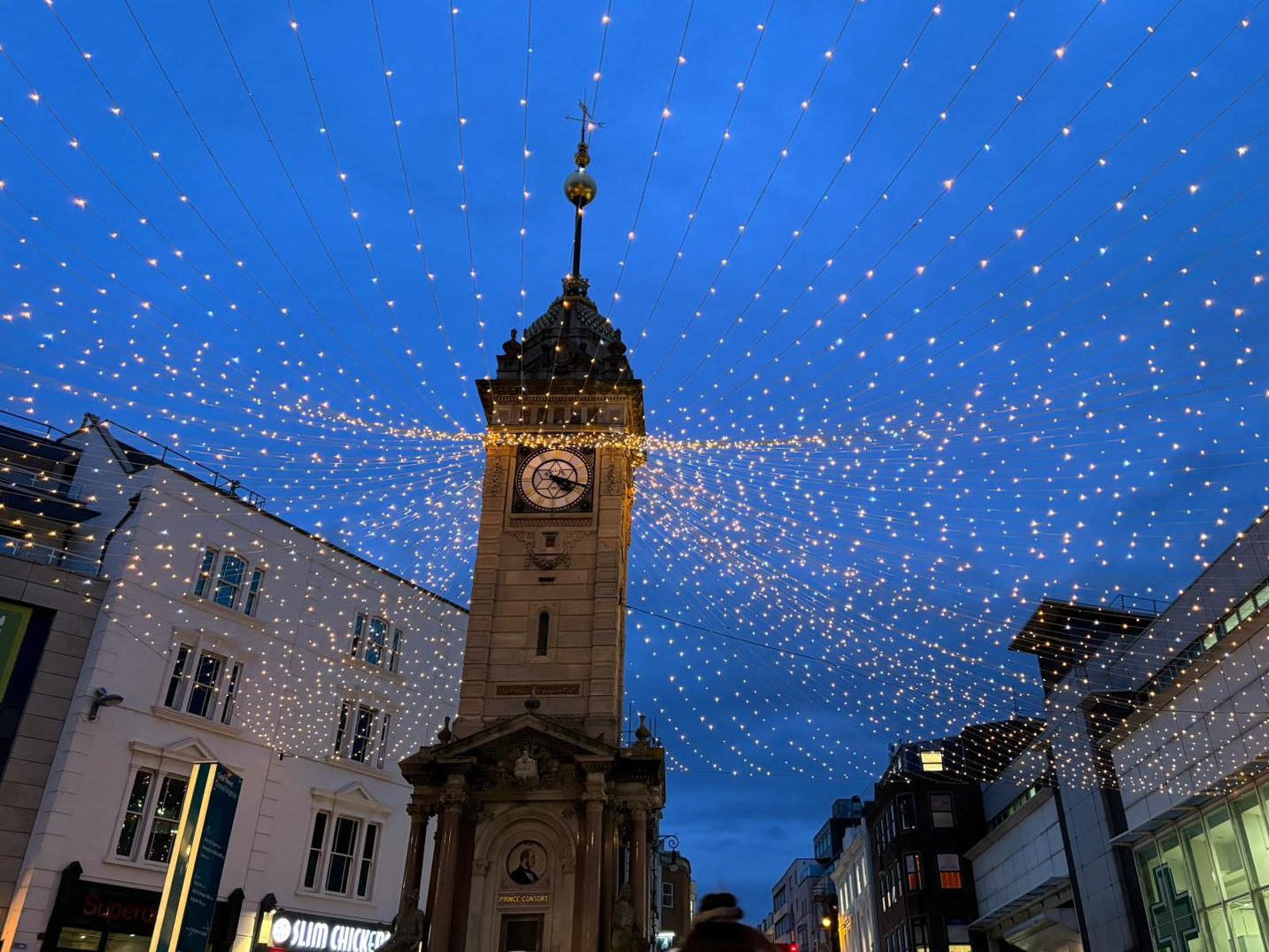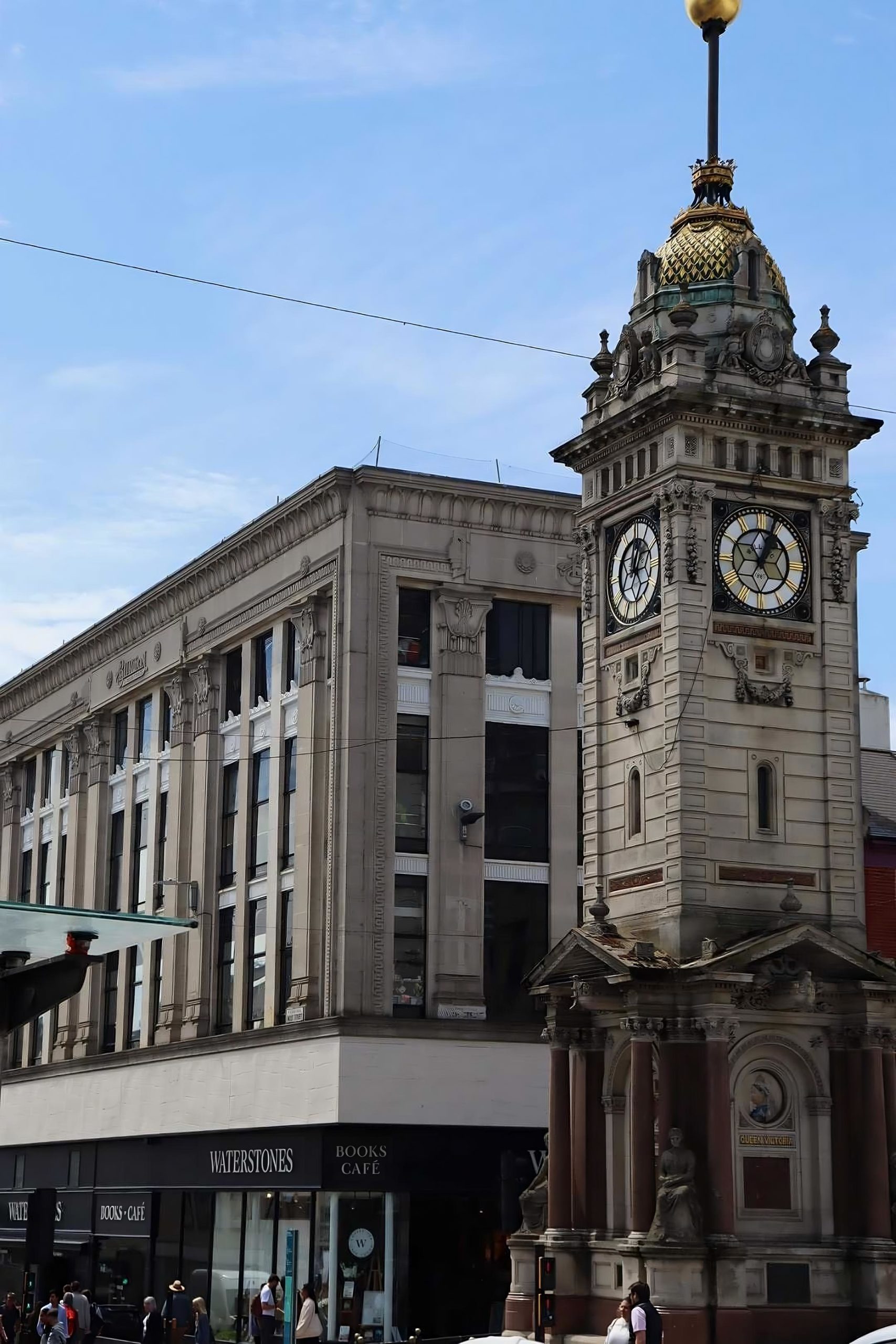While shopping down on North Street or perhaps walking straight down from Brighton Station, have your eyes ever looked for and toward the clock tower to know which direction to go next? If yes, then one cannot deny the efficacy of its upright presence in the heart of Brighton, though history might beg to differ.
History of The Jubilee Clock Tower in Brighton
It is not surprising that the Jubilee Clock Tower in Brighton serves as a major landmark even now given that the intersection in which it is built, where North Street, West Street, Queen’s Road, and Western Road meet, was previously a waiting shelter. However, it wasn’t until funds were available that the shelter could be transformed into a significant architecture.

To look back, the Jubilee Clock Tower’s existence can be attributed to the birthdays of two people: Queen Victoria’s 50th birthday took place in 1887 and James Willing’s 70th birthday in 1888, the latter having contributed monetarily towards building the establishment. Thus, this project, which had earlier been delayed given the cost, was finally approved in 1888.
Although what makes the tower look glorious is its 91-foot-high structure and the Royal portraits etched firmly on its four sides, it is somehow more fascinating to know that a time capsule containing coins and newspapers was buried underneath while its foundation was being laid.
Yet another appeal of the tower, which is currently non-functional, is the golden ball at the top, designed by Magnus Volk, which used to be controlled with a landline from the Greenwich Observatory. Volk, interestingly enough, was also the one to start Brighton’s first telephone link.

A little about the architecture of the Clock Tower
The main architecture of the tower is quite alluring given the number of historical references carved onto it. Other than the portraits of the royal family, most of the detailing holds tribute to the seaside location of Brighton.
The arched pediments atop each side have ship-like projections at their bases, four of them pointing in four prominent directions: “TO THE STATION, TO KEMPTOWN, TO SEA, AND TO HOVE.” Both the top and bottom of the tower signify factors important for sea-based towns, the former being the weather vane and the latter being statues of the four seasons on the four corners.
Although the architecture of granite and Portland stone remained revered by some, it is also known to have been a target of anti-Victorian sentiment. That further led to calls for its demolition that has not yet taken place, ironically for the same reason it would not have been built—the cost. However, given how the clock tower stands as a remnant of history, the citizens’ nostalgia makes it stand proud to date.
